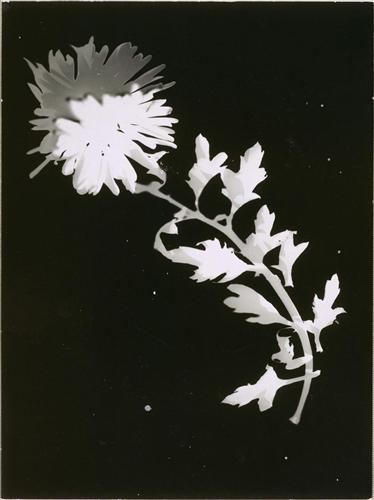It seems almost perplexing to consider that advances in mathematics could have any significant influence in art. However, when considering the possibilities of mathematics in the real world, its possibilities in art break new boundaries. Mathematics is a numerical language by which almost every science translates itself: physics, chemistry, biology, etc. For the longest time, many artists would not dare branch outside interpretation of a 3 or even 2 dimensional image, mostly for fear of how the public would react. In Linda D. Henderson's description of the interpretation of the 4th dimension, the advancement in mathematics arrived as a safety net for artists to begin venturing the 4th dimension. Henderson explains that mathematics proved non-Euclidean Geometry. The emergence of the fourth dimension meant a new "liberation for artists."
By allowing for a fourth dimension, mathematics allowed artists to form new interpretations of depth. For some artists, this meant taking a subject, and presenting it in uncommon perspective. Such is much of the premise of Flatland: A Romance of Many Dimensions by Edwin A. Abbott which in one instance notes that although one may causally view a penny, and normally see a circle, by simply taking that same penny from a new perspective one now has a infinite dimension of ovals, and in some perspectives the presence of a circle complete vanishes.
 |
| Spheres in Varied Perspectives |
 |
| Flower c. 1925 Lazlo Maholy-Nagy |
This concept of having a new depth in perception or interpretation is well simulated in this clip from a DC cartoon, in which Lex Luthor, gaining super sight, can suddenly see the world in an entirely new fashion.
As if an artist having broken into the use of the fourth dimension, Lex sees the possibilities that a new sense of depth gives. In a sense the idea of new depths means the ability to see greater opportunities. This is the same for the relationship of mathematics and art. They go hand in hand, because the advancement in mathematics means the opening of doors to new realities, pushing the creative processes and interpretations of artists literally to new depths.
Henderson, Linda . The Fourth Dimension and Non-Euclidean Geometry in Modern Art: Conclusion. Leonardo, Vol. 17, No. 3. (1984), pp. 205-210.
"Dimension Refers to How an Objects Is Measured." Dimension Refers to How an Objects Is Measured. N.p., n.d. Web. 13 Apr. 2015.
"Flower." - Laszlo Moholy-Nagy. N.p., n.d. Web. 13 Apr. 2015.
"Lex Luthor's Grand Revelation." YouTube. YouTube, n.d. Web. 13 Apr. 2015.
Abbott, Edwin Abbott. Flatland: A Romance of Many Dimensions. New York: Barnes & Noble, 1963. Print.


